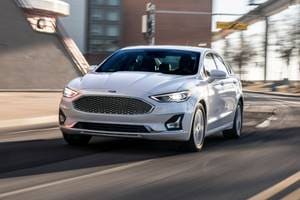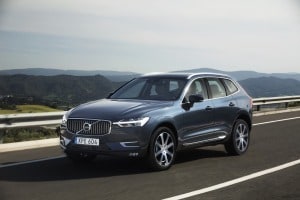Saab's Inevitable End Is At Hand

The end of Swedish automaker Saab was inevitable. The end came into sight Monday as Saab Automobile filed for bankruptcy in Sweden after the latest in a string rescue plans collapsed.
Saab had dodged the grim reaper for the past year. Dutch entrepreneur Victor Muller, previously CEO of sports car maker Spyker, had acquired the Swedish automaker from General Motors, after its own bankruptcy in 2009. The passionate Muller argued most convincingly that the legendary brand would survive. But, in the end, the massive amount of money required to right Saab never materialized. Deal after deal collapsed as Saab factories stood idle while suppliers and workers lined up with hands out for payment.
The latest proposed rescue plan had yet-another Chinese company — this time one called Zhejiang Youngman Lotus Automobile along with a Chinese bank — as the savior. But GM, a supplier to Saab that also still holds the technical licensing agreements for Saab vehicles, rejected this financial arrangement as it did earlier ones for not being in its best interest.
Saab, of course, blames GM for its forced bankruptcy. Its statement specifically points out that GM's recent position on Saab's "contemplated transaction" with Youngman caused the Chinese company to withdraw from the deal. And certainly, GM is to blame for much of Saab's current pitiful state, due to neglect and product starvation under GM ownership.
However, GM was right in rejecting the proposed Youngman deal. It was not in its best interest — nor the best interest of U.S. taxpayers who remain heavily invested in GM. As it continued to supply parts, technology and fully built vehicles to Saab, GM, it can be assumed, was not paid for its goods and services. The underpinnings of Saab 9-3 and Saab 9-5 were developed by GM and its Opel subsidiary, which uses the same architectures for its own vehicles. GM also supplies the underpinnings of the Saab 9-4X crossover, which is based on the Cadillac SRX, and builds it for Saab in Mexico. So it is time to cut its losses. In addition, GM, which dominates in China, certainly doesn't need additional competition in that market, nor does its struggling Opel division in Europe.
Regardless of GM's decision, the amount of money Saab was trying to obtain from investors — less than $800 million in loans from Youngman and a Chinese bank — simply was not going to be enough to pay Saab's mountain of overdue bills, to re-start its factories and to market its vehicles, say nothing of developing new vehicles for the future.
It was a valiant effort to save the beloved brand but it is now time to let it go. RIP Saab.





